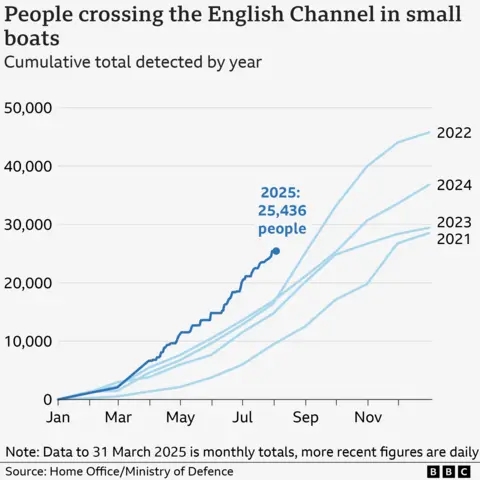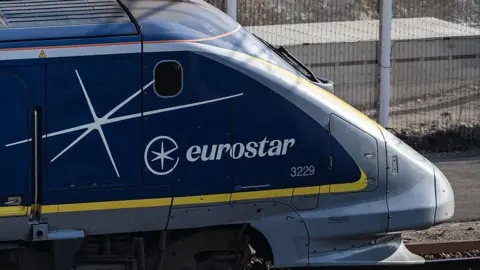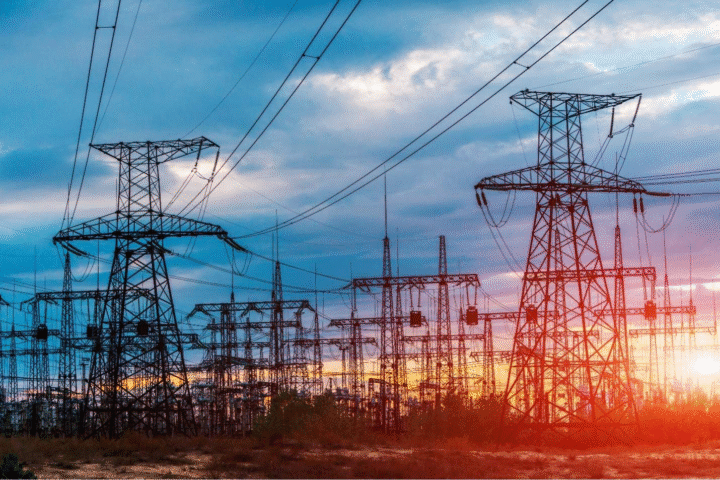Ireland’s economic strength has reached a point where fears of austerity have faded, replaced by discussions of major public spending. Recent budget plans reveal a 6.5% rise in core expenditures, tax relief for businesses, and a staggering €112bn infrastructure investment package. While these figures suggest prosperity, the real challenge lies in execution—particularly when labor shortages threaten progress.
A Windfall with a Catch
Thanks to its long-standing low corporate tax policy, Ireland has reaped substantial revenues from multinational firms, especially U.S. companies handling global taxes there. This financial boost couldn’t come at a better time, as the country’s infrastructure struggles to keep up with demand. Years of underinvestment, stemming from the post-financial crisis era, have left housing shortages, strained transport networks, and public discontent—particularly around immigration pressures.
The National Development Plan (NDP) aims to tackle these issues head-on, with housing receiving the largest share—€36bn between 2026 and 2030. Transport follows at €22bn, including €2bn earmarked for Dublin’s long-delayed Metro, a project first proposed over two decades ago yet still stuck in planning limbo.
Skepticism Looms Over Delivery
Past failures cast doubt on whether these projects will materialize. The Metro’s sluggish progress—still awaiting approval after years of delays—and the National Children’s Hospital’s ballooning costs (€1bn over budget) highlight systemic inefficiencies. The government insists reforms in procurement and planning will speed things up, but critics remain unconvinced.
The bigger obstacle? A severe labor shortage. With roughly 177,000 construction workers currently active—the highest in a decade—Ireland still needs an estimated 80,000 more to meet housing targets alone. In a near-full employment economy, recruiting these workers won’t be easy.
Proving It Can Be Done
Officials point to recent successes—schools, hospitals, and roads completed without major hiccups—as proof that progress is possible. Yet, skepticism lingers. If Ireland can’t bridge the labor gap and streamline its sluggish approval processes, even €112bn may not be enough to turn plans into reality.
The coming years will test whether Ireland’s economic boom can translate into tangible improvements—or if its ambitions will remain stuck in the planning phase.









